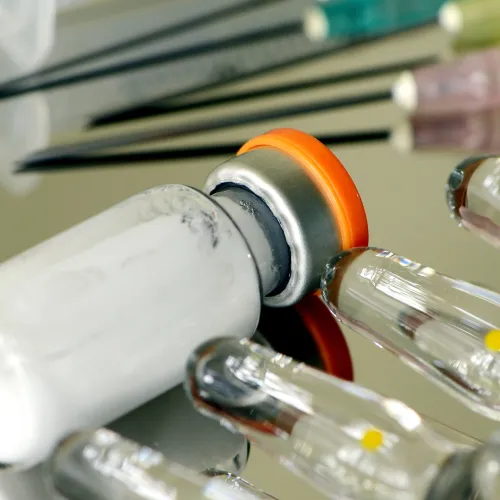Report this Code for Therapeutic Stimulant Use? Think Again

Question: I have two questions about documenting periodic therapeutic drug screens, which our provider performs on some of our patients who are taking Ritalin. First, can you explain the difference between 80305, 80306, 80307, and 80360? Second, what is the best ICD-10 code to bill with the screen? Would F15.90 work, or is there a more appropriate diagnosis code for this? Rhode Island Subscriber Answer: Any of codes 80305 (Drug test(s), presumptive, any number of drug classes, any number of devices or procedures; capable of being read by direct optical observation only (eg, utilizing immunoassay [eg, dipsticks, cups, cards, or cartridges]), includes sample validation when performed, per date of service), 80306 (...read by instrument assisted direct optical observation), 80307 (... by instrument chemistry analyzers ...), or 80360 (Methylphenidate) could be used to report this kind of test. The main difference lies in the kind of results the tests produce and the way those tests are interpreted. Presumptive drug class procedures (such as 80305, 80306, and 80307) essentially provide information about whether the patient is, or is not, using the drug. Definitive drug class procedures (such as 80360) can provide that information as well, but they are also able to produce quantitative information about the drug use, meaning that they provide information about the amount of the drug within the patient's system. While CPT® guidelines allow you to use either kind of drug class procedures to "monitor clinical response to a known, prescribed medication," they go on to state that "therapeutic drug assay (TDA) procedures are typically quantitative tests." So, 80306 would be the test of choice if your provider needs to verify that the patient has therapeutic levels of Ritalin in his or her system. As for the way the tests are interpreted, 80305 is a simple test that can be read by direct observation. As it is a simple test, your provider can perform in-house, providing you have received a Clinical Laboratory Improvement Amendments (CLIA) waiver from the Centers for Medicare and Medicaid Services (CMS). The other tests will likely need to be sent out to a reference lab for the results, unless your lab is equipped and authorized to provide such tests. As for the appropriate diagnosis code, while F15.90 (Other stimulant use, unspecified, uncomplicated) does indicate that the patient is using a stimulant, use of an F code indicates that the patient is misusing the drug, not taking it for therapeutic purposes. The more accurate codes for therapeutic drug monitoring would be Z51.81 (Encounter for therapeutic drug level monitoring), along with a code for long-term (current) drug therapy (Z79.-). The relevant Z79 code in this case would be Z79.899 (Other long term (current) drug therapy).




